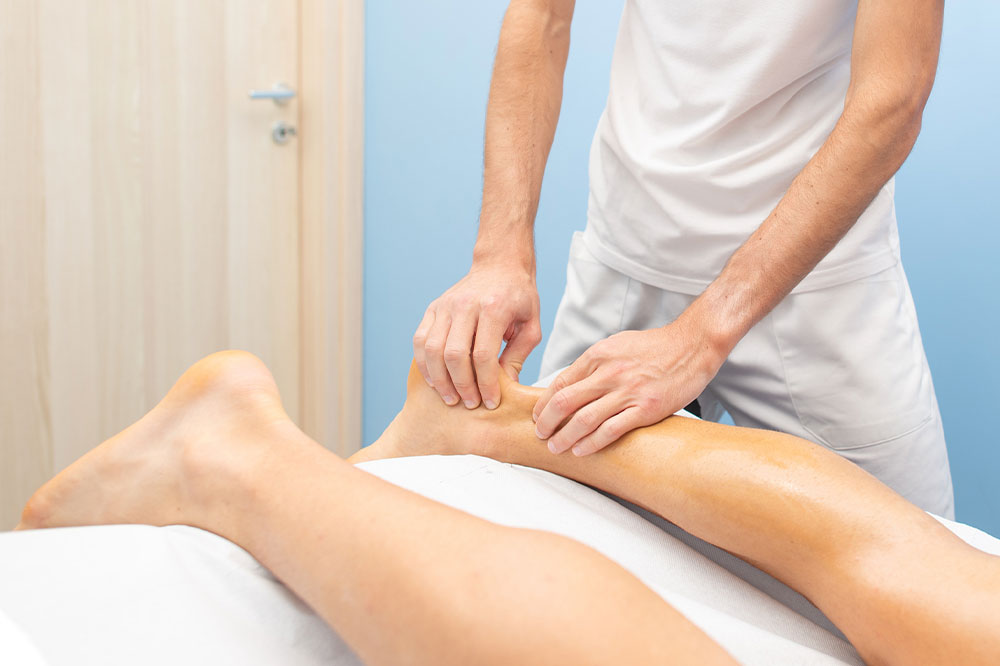
Understanding tendonitis – Causes, symptoms, and management
A flexible, fibrous tissue called a tendon connects our muscles and bones, facilitating movement. Tendonitis refers to inflammation of the tendons, a condition that causes pain and discomfort and restricts movement. While the disorder is most common in the shoulders, heels, knees, wrists, and elbows, it can occur in any tendon. Over a while, it may escalate to cause a tendon tear, necessitating surgery. Here’s everything to know about tendonitis.
Causes and risk factors
The following are a few factors that can increase one’s risk of developing the condition:
Injury due to repetitive body movements
Tendonitis may be triggered by repetitive body movements while exercising, running, or jumping. Such injury is known as repetitive strain injury.
Age
The body’s flexibility reduces considerably as a person ages. Consequently, older adults are more susceptible to tendonitis than the younger population.
Forced body movements
Forced movements can cause a jerk in the body, adversely affecting one’s tendons and triggering the onset of tendonitis.
Strain due to a sudden increase in workout intensity
Increased workout intensity or the sudden introduction of strenuous exercises can cause severe tendon discomfort and lead to tendonitis.
Poor posture
Poor posture can cause the shoulder tendons to rub against the shoulder’s natural padding, which can strain the tendon and increase one’s risk of developing the condition.
Signs and symptoms
Individuals may experience the following discomforts when affected by the disorder:
Pain and tenderness
Tendon inflammation causes pain and tenderness in the area, which worsens with movement.
Swelling
Tendon swelling is another common symptom. The swelling typically subsides with proper care and regular application of ice packs.
Lump formation
The micro-tears and abnormal blood-vessel growth in the affected tendon can culminate in the development of a tender lump.
Reduced mobility
Individuals with tendonitis face extreme difficulty moving the affected limb. Consequently, a lack of mobility is a common sign.
Treatment options and management
Healthcare experts may recommend the following to treat the condition:
Eccentric exercises
Eccentric exercises aim to lengthen muscle contractions, with the muscle moving downward. Such exercises allow the affected tendon to utilize its inherent strength by gradually increasing the load exerted on it. They are particularly beneficial for patients with patellar and Achilles tendonitis. One should consult a doctor and physiotherapist before practicing eccentric exercises.
Therapeutic ultrasound
Physiotherapists and occupational therapists commonly use therapeutic ultrasound to relieve long-term pain and tissue damage. The procedure utilizes continuous ultrasound waves or short bursts to provide the affected tissues with ultrasonic energy. It is often recommended to relieve pain and discomfort.
Surgical intervention
Surgery is often suggested if the condition is severe and non-surgical options are ineffective. Surgeons numb the region before performing a tendon-repair surgery, wherein the torn ends of the tendon are stitched together or joined back to the bone. Adequate rest is advised for a few weeks following the procedure. Surgical procedures have high success rates, with almost 95% and 83.4% of patients recovering well after wrist and Achilles tendonitis surgeries, respectively.
Tendonitis is diagnosed with the help of a physical test or examination. The doctor may recommend an MRI scan or ultrasound to gauge tendon thickness, but these procedures are typically not required at the initial diagnostic stages.




